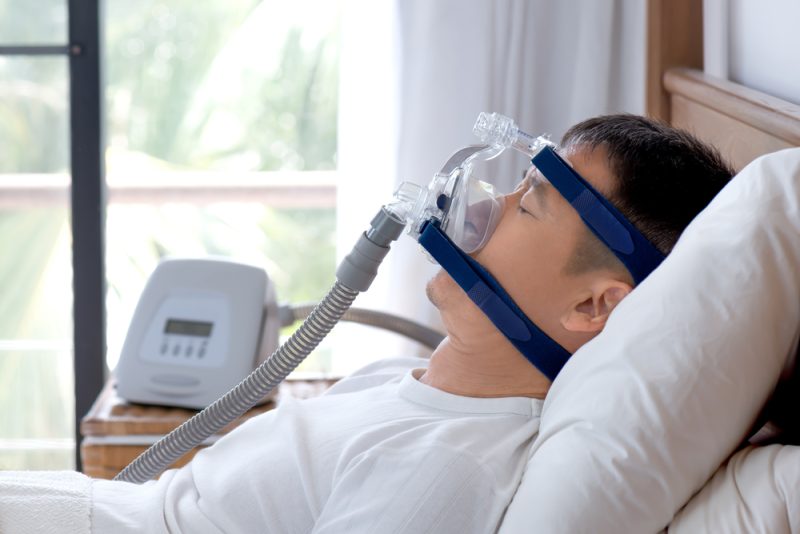
In a recently released study called “The Wisconsin Sleep Cohort,” it was revealed that untreated OSA increases all mortality risk by 300%. That’s right, folks, if you have untreated apnea, it increases your death rate by three times the norm. This is a real landmark study. It followed 1,522 patients over the course of 18 years and flat out tells us how very dangerous sleep apnea really is. So, if you or a loved one snore, wakes up a lot at night, gasps for breath or stops breathing at night, then you need to have this problem checked out. You could save a life!
It is not very often that a long-term study can conclusively state that lack of sleep can harm you, but this study does reflect that and more. It has also concluded that treating OSA slashes your daytime sleepiness by 45%. This is remarkable. Now, because of studies like this, individuals or employers who count on themselves or their team to be awake and alert will now pay more attention to how serious OSA can be. Most insurance carriers cover the diagnosis of OSA (getting a sleep study), but some restrictions may apply.
The way to determine if OSA is present, and to what extent, is by doing a PSG (Polysomnograph) analysis. This is a fairly simple test and is often done at home initially. If the home test shows serious issues, then the MD does a more advanced test at their in-office facility. The PSG generates a value called the AHI (Apnea Hypopnea Index) that describes how many times the patient stops breathing for more than 10 seconds, along with the times that breathing is slowed. This is not an exact science, and some doctors argue that AHI is an antiquated technique to measure the problem, but for now, this is what they have. Here is a quick review of the meaning of the numbers and the severity:
- None/Minimal AHI = <5 recorded events per hour
- Mild AHI = ≥ 5, but < 15 recorded events per hour
- Moderate AHI = ≥ 15, but < 30 recorded events per hour
- Severe AHI = ≥ 30 recorded events per hour
Back to the infamous, or soon-to-be-infamous, study. The Wisconsin Cohort Study also looked at death rates and concluded that cardiovascular mortality accounted for 26% of deaths for people who did not have SDB (Sleep Disordered Breathing), and the death rate for severe SDB was 42%. This is substantial. For those who had OSA and did not wear a CPAP, the death rate was significantly higher than for those who wore their CPAP. In other words, if your sleep MD dictates that you need a CPAP, then you need a CPAP! If you are CPAP intolerant, then you should discuss this with your MD. The conversation may lead to an alternative suggested use of a dental appliance to help keep the airway as open as possible. Generally, this is a great alternative for patients.
The study concluded that premature death occurred in severe OSA patients. Additionally, the estimate of a 3-fold greater odds of cardiovascular mortality may be underestimated when compared to community controls and patients without SDB. The death rate amongst those who did not use CPAP was significantly higher than that of patients who were dedicated to wearing the CPAP. The bottom line is that although many patients typically do not like the CPAP, it is keeping them alive, and that is what counts.
If you have OSA or symptoms, get it checked! You will likely be saving your own life or the life of a loved one. To learn more about OSA treatments in Falls Church, Virginia? Dr. Jeffrey Brown and our team at Sleep & TMJ Therapy are here to help. Please call 703-821-1103 today to book a reservation.
